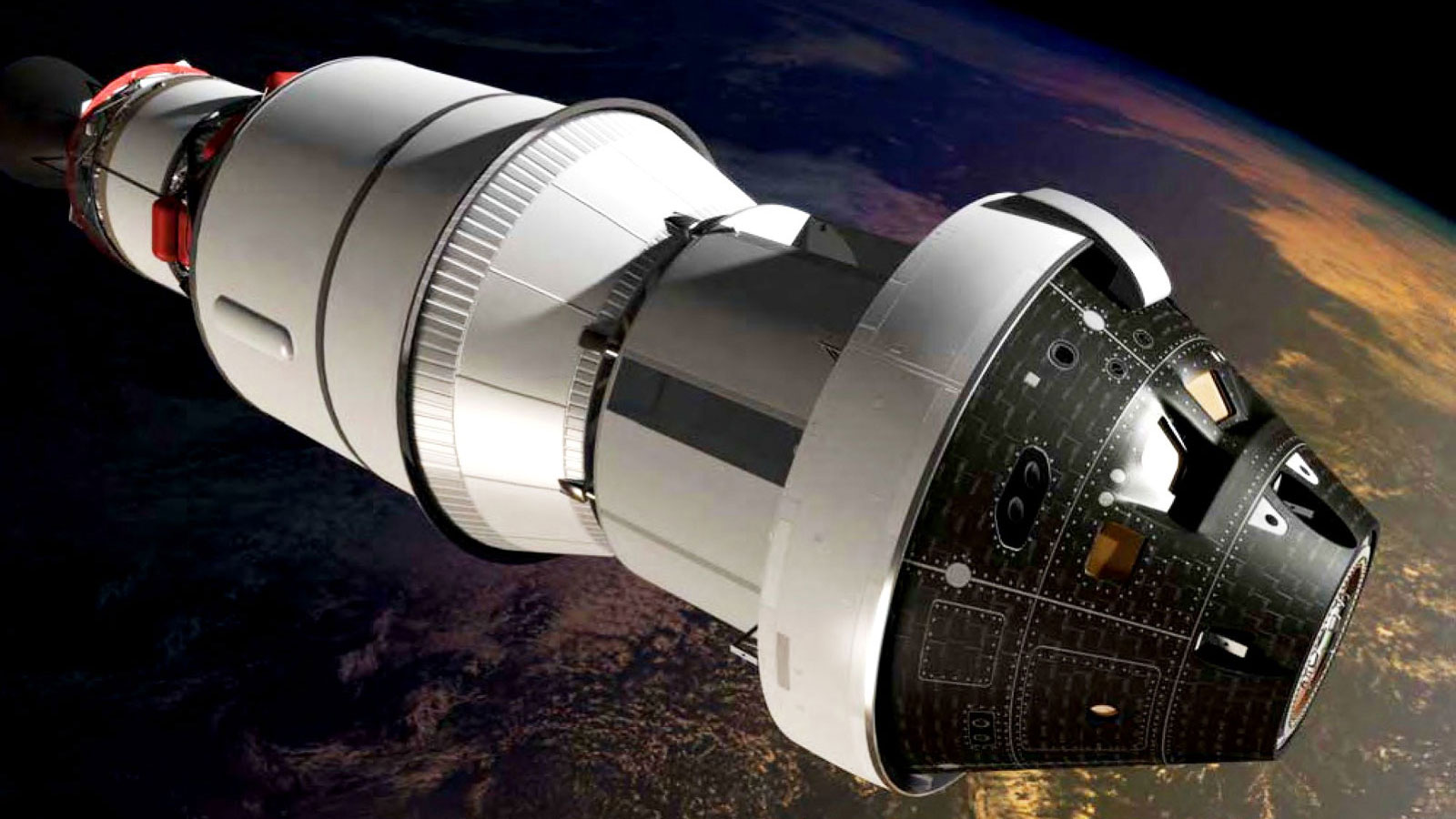Today’s Deep Space Extra offers the latest reporting and commentary on space related activities from across the globe. The National Research Council presses NASA for a response to a year-old assessment of the agency’s human deep space exploration strategy, one the council suggested should include the moon rather than an asteroid fragment as an interim destination. Apollo 11’s Buzz Aldrin will join the Florida Institute of Technology faculty. NASA offers virtual tools for studying the Martian terrain. Planetary scientists like river deltas and ancient hot springs on Mars as a possible landing site for Mars 2020 rover. The European Space Agency’s Rosetta spacecraft marks a year at Comet 67P/ChuryumovGerasimenko. NASA assembles a new map of the giant asteroid Ceres from Dawn spacecraft imagery. Exceptional Maryland sixth and seventh graders mingle with space scientists.
Human Deep Space Exploration
NASA’s advisers seek agency response to exploration report
Space News (8/6): After a year old assessment of the U.S. civil space program and its goals, the National Academy of Science would like a formal response from NASA. The findings suggest the moon rather than an asteroid was a more appropriate interim destination toward an ultimate destination, Mars. The NRC’s Pathways to Exploration, released in June 2014, also suggested NASA’s exploration efforts will require more funding.
Buzz Aldrin will become professor at Florida Tech
Florida Today (8/6): Apollo 11 astronaut Buzz Aldrin takes a professor’s position at the Florida Institute of Technology. Aldrin will be a research professor of aeronautics and a central figure in a new Buzz Aldrin Institute.
NASA tool lets users journey across the surface of Mars
Discovery.com (8/6): A new NASA web site called Mars Trek is like Google Earth, allowing users to virtually travel the red planet using imagery and data gathered by U.S. spacecraft for a half century. Currently, planetary scientists are using the computer tool to decide on landing site candidates for Mars 2020, the next major NASA robotic rover. “Our robotic scientific explorers are paving the way, making great progress on the journey to Mars,” said Jim Green, the director of NASA planetary sciences division.
Unmanned Deep Space Exploration
Mars scientists tap ancient river deltas and hot springs as promising targets for 2020 rover
Science News (8/6): Meeting in a workshop near NASA’s Jet Propulsion Laboratory in California, planetary scientists conferred this week on the best landing site candidates for NASA’s Mars 2020 rover. A close sibling of the successful Curiosity rover that landed on Mars three years ago Thursday, Mars 2020 will search for, collect and store samples of rock and soil for eventual return to Earth. The samples are to contain materials likely to confirm possible biological activity on Mars in the past.
Rosetta 1 year later: Historic comet mission still intrigues
Space.com (8/7): The European Space Agency on Thursday marked the first anniversary of a deep space first. On Aug. 6, 2014, ESA’s Rosetta spacecraft maneuvered into orbit around the Comet 67P/ChuryumovGerasimenko to deploy a lander and follow the comet around the sun. Comet 67P will make its closest approach to the sun on Aug.13 with both European spacecraft along for the ride.
Dawn en route to third science orbit, new maps reveal astonishing peaks and depths
America Space (8/6): NASA’s Dawn mission spacecraft is descending closer to the surface of the large asteroid Ceres, where the terrain includes mysterious bright spots, intriguing peaks and valleys. Dawn, which entered orbit around the asteroid in March, is hanging around Ceres until at least mid-2016.
Young students and APL find common ground in space
Baltimore Sun (8/7): Talented Maryland sixth and seven graders visit the Applied Physics Laboratory at Johns Hopkins University, control center for NASA’s New Horizons Pluto flyby mission, before the end of their summer vacation. “These summer experiences give students an opportunity to explore their minds and really see what’s possible,” said state school Superintendent Lillian Lowery. APL watched over New Horizons Pluto flyby on July 14.

